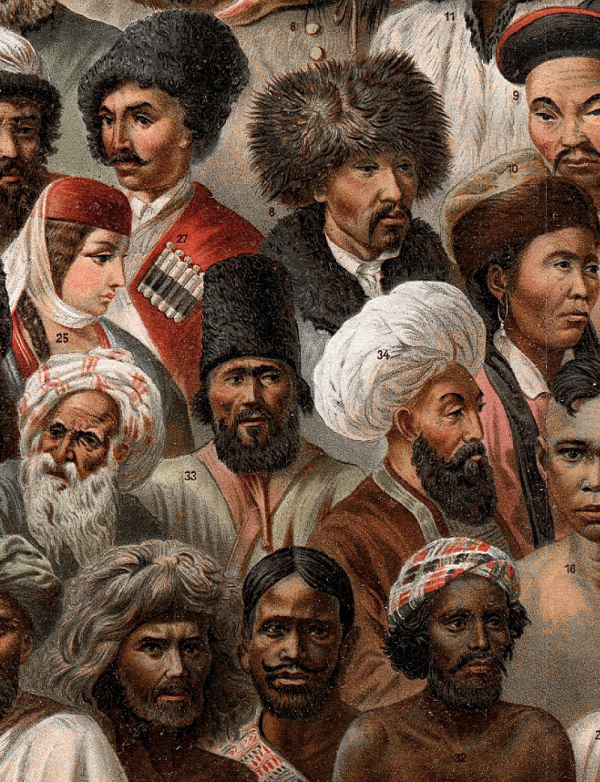Stereotypes spotted in brain study
 Social stereotypes about race and sex may become hardwired in our brains, a new study suggests.
Social stereotypes about race and sex may become hardwired in our brains, a new study suggests.
US neuroscientists watched 43 adults’ brains while they were shown pictures of faces with different combinations of sex, race and emotion.
The researchers found that the brain pathways for these aspects lit up in line with a person's learned stereotypes, rather than staying as separate categories.
It appears to show that racist or sexist attitudes can become encoded in our neurons.
The researcher said an individual’s personal links between these broad social categories can influence how faces are processed in the brain and socially perceived.
Previous behavioural research has shown that these stereotypical links between sex, race and emotional traits influence perceptual judgments about a person, but the brain regions involved in these links were unknown.
Neuroscientists Ryan Stolier and Jonathan Freeman wanted to know if two brain regions involved in processing faces and social categories - the fusiform gyrus and the orbitofrontal cortex - could control the way that social categories could affect face perception.
A total of 43 healthy young adults were shown computer-generated faces with varied sex (Male, Female), race (Black, White, Asian), and emotion (Angry, Happy) characteristics, while their brain activity was measured by functional magnetic resonance imaging (fMRI).
Outside the scanner, participants categorised faces and traits like intelligence and aggression in relation to sex, emotion, and race.
Participants’ categorisation of traits (which was used to reflect personal stereotypes or biases) was related to how they categorised faces in various race + emotion, race + sex, and sex + emotion pairings.
In turn, these face categorisations were related to the similarity of brain regions lighting up in the scanner, specifically in the fusiform gyrus and orbitofrontal cortex.
The team said these behavioural and neural links between categories were not due to similarities in the visual features of the faces.
More research is needed to find out how these apparent neural characterisations are formed, how much influence they have, and whether or not they can be changed.
The study has been published in Nature Neuroscience.








 Print
Print